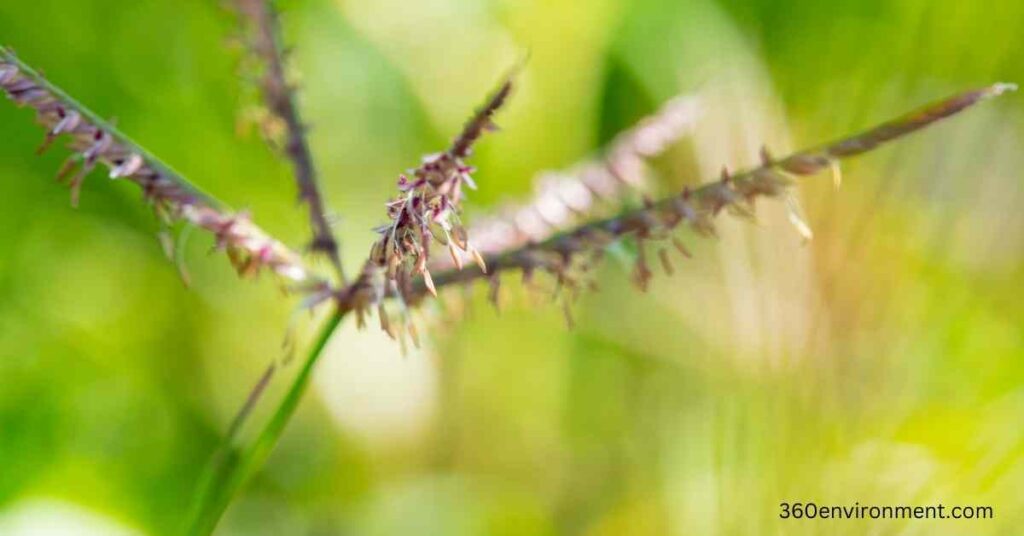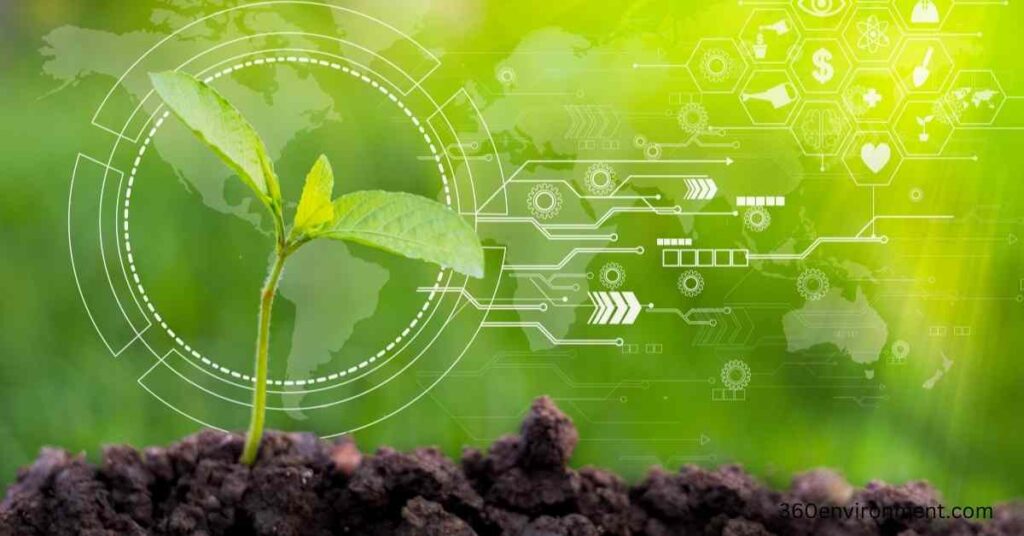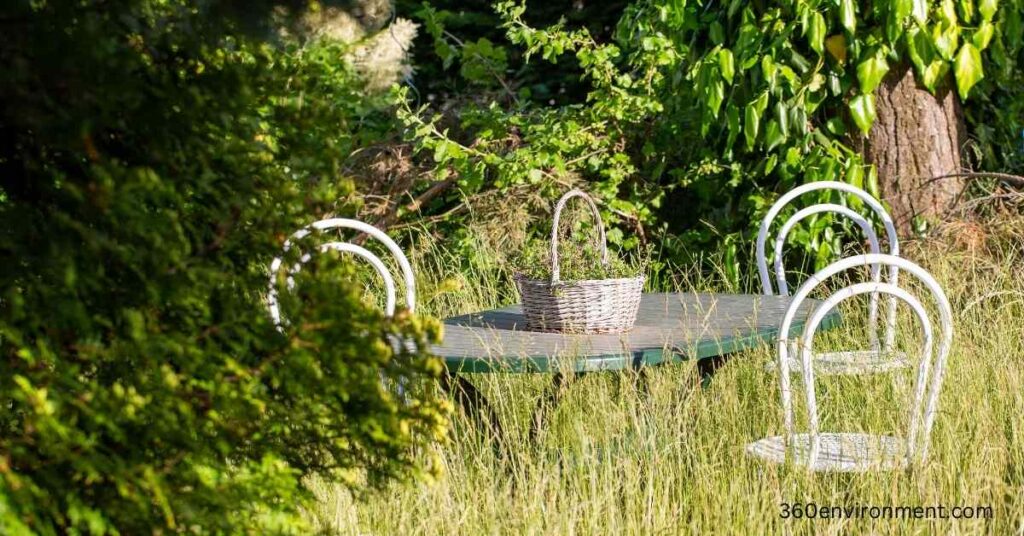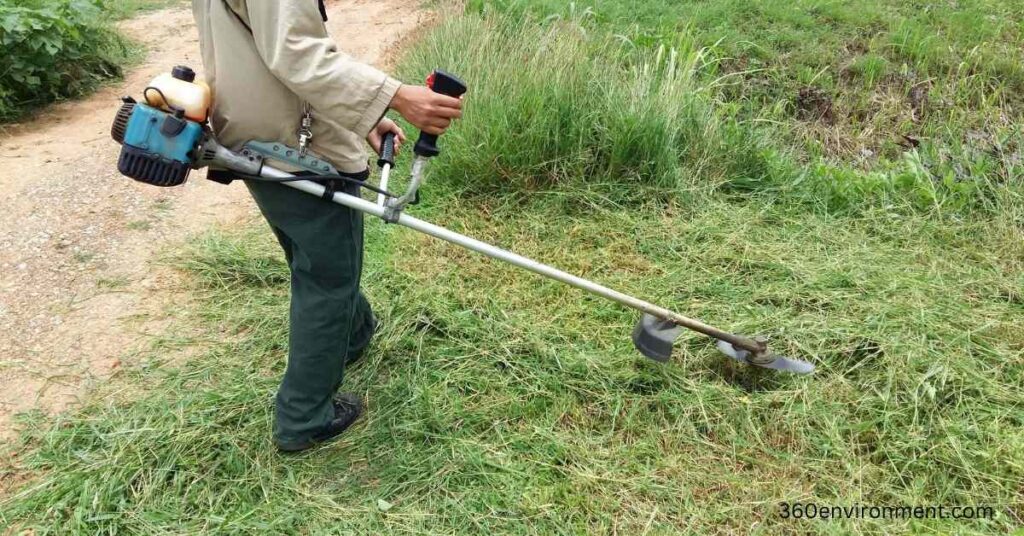Bahama grass, commonly known as Cynodon dactylon, is one of the most well-known and widely cultivated grasses in the world. Originally native to the African continent, Bahama grass has spread across various regions due to its remarkable adaptability and resilience. This hardy grass is often found in tropical and subtropical climates and has a long history of use in agriculture, landscaping, and environmental management. Its robust growth and tolerance for harsh environmental conditions make it a staple in both domestic lawns and agricultural fields.
In this comprehensive article, we will explore the unique environmental and agricultural niche of Bahama grass, examining its ecological significance, benefits, and challenges, along with sustainable management practices. Whether it’s serving as livestock forage or preventing soil erosion, it plays an important role in both human activities and natural ecosystems.
1. Introduction to Bahama Grass
Bahama grass, also known as Bermuda grass in some regions, is a perennial grass that has become one of the most dominant grass species globally. It thrives in hot and dry climates, and its rapid growth allows it to quickly cover large areas, making it a preferred choice for lawns, golf courses, and pasturelands.

1.1 Botanical Characteristics
Bahama grass is characterized by its long, slender blades that grow in dense mats, forming an extensive root system that can penetrate deep into the soil. Its underground stems, known as rhizomes, and surface runners, called stolons, allow it to spread quickly across large areas. The grass grows to a height of 15 to 30 centimeters (6 to 12 inches) and produces small spike-like seed heads. The grass is hardy, drought-tolerant, and can grow in a variety of soil types, from sandy to clay-heavy soils.
1.2 Historical Context
Originally native to sub-Saharan Africa, it has spread across the globe, thriving in many areas, particularly in North and South America, Europe, and Asia. Its introduction to different regions, including the Bahamas (from which it gets its name), has made it a critical component of agricultural and environmental management systems.
2. Environmental Significance of Bahama Grass
Bahama grass is often seen as both a beneficial grass species and a problematic invasive one, depending on the region and ecological context. In some areas, its vigorous growth makes it a vital plant for soil conservation, while in others, its ability to outcompete native plants can disrupt ecosystems.

2.1 Soil Erosion Control
One of the primary environmental benefits of Bahama grass is its ability to stabilize soils and prevent erosion. Due to its extensive root system, the grass can hold soil in place even on steep slopes or in areas prone to heavy rainfall. This is particularly important in regions where erosion can lead to loss of fertile soil, landslides, or damage to water bodies due to sedimentation. It is commonly used in land reclamation projects, road embankments, and riverbanks to protect against soil degradation.
2.2 Carbon Sequestration
Like all plants, Bahama grass plays a role in the carbon cycle by absorbing carbon dioxide from the atmosphere through photosynthesis. Its rapid growth and extensive root system make it a particularly efficient carbon sink, meaning it can store carbon in the soil and reduce the amount of CO2 in the atmosphere. This is important in the context of climate change, as increased carbon sequestration can help mitigate the effects of greenhouse gases.
2.3 Biodiversity and Habitat Creation
Bahama grass can serve as a habitat for various forms of wildlife, particularly small mammals, insects, and ground-nesting birds. Its dense growth provides cover and nesting sites, especially in areas where other vegetation is sparse. However, in areas where it becomes invasive, it can displace native plant species, which in turn affects the local fauna dependent on those plants. The balance between its role in creating habitat and potentially disrupting ecosystems must be carefully managed.
3. Agricultural Use of Bahama Grass
Agriculture is one of the sectors where it has found widespread use due to its hardiness, drought tolerance, and ability to withstand heavy grazing by livestock. It is particularly valued in regions where water scarcity and poor soil quality limit the growth of other crops or grasses.

3.1 Forage for Livestock
Bahama grass is often used as a grazing pasture for livestock such as cattle, sheep, and goats. Its high protein content (when young and tender) makes it a nutritious option for animals, particularly in arid regions where other feed sources may be scarce. However, the nutritional value of Bahama grass declines as it matures, so it is best used as forage when it is still young and actively growing.
3.2 Hay Production
In addition to being grazed, Bahama grass is often harvested for hay. Its ability to grow rapidly and recover quickly after cutting makes it a reliable hay crop in regions where frequent harvesting is necessary. Farmers often use Bahama grass hay to feed livestock during dry seasons when fresh forage is limited.
3.3 Crop Rotation and Soil Improvement
Bahama grass is sometimes incorporated into crop rotation systems due to its ability to improve soil quality. Its root system helps to break up compacted soils and increase water infiltration, making it easier for subsequent crops to take root. Additionally, it can help restore nitrogen levels in the soil when used in conjunction with leguminous crops that fix nitrogen in the soil. This can reduce the need for chemical fertilizers, promoting more sustainable agricultural practices.
4. Challenges and Drawbacks of Bahama Grass
Despite its many benefits, Bahama grass is not without its challenges. In some regions, it is considered an invasive species that threatens native ecosystems. Additionally, its aggressive growth can make it difficult to control in areas where it is not desired.

4.1 Invasive Species Concerns
Bahama grass is classified as an invasive species in some parts of the world, including parts of the United States, Australia, and the Pacific Islands. Its ability to outcompete native plants can lead to the displacement of local flora, which in turn affects biodiversity. In some cases, the spread of Bahama grass has been linked to declines in populations of native plants and animals that rely on them for food and habitat.
4.2 Management Challenges
Once established, Bahama grass can be difficult to eradicate. Its extensive root system and ability to regenerate from small fragments make it highly resistant to mechanical removal. Herbicides can be used to control its spread, but these come with environmental risks, including potential harm to non-target species and water contamination. Sustainable management of Bahama grass often involves a combination of methods, including controlled grazing, mowing, and careful use of herbicides.
4.3 Nutritional Decline Over Time
As mentioned earlier, the nutritional value of Bahama grass declines as it matures. While it provides excellent forage when young, its protein content decreases and its fiber content increases as it grows older, making it less palatable and nutritious for livestock. This necessitates frequent mowing or grazing to keep the grass in its most nutritious state.
5. Sustainable Management of Bahama Grass
Given its ecological and agricultural significance, managing Bahama grass in a sustainable manner is essential. This involves balancing its benefits with the potential risks associated with its aggressive growth and invasive nature.

5.1 Integrated Pest Management (IPM)
In regions where Bahama grass is considered invasive, integrated pest management (IPM) strategies can help control its spread. IPM involves the use of multiple methods, including biological control (e.g., grazing by livestock), mechanical control (e.g., mowing and tilling), and chemical control (e.g., selective herbicides). By using a combination of approaches, land managers can reduce the reliance on herbicides and minimize environmental impacts.
5.2 Rotational Grazing
For farmers and ranchers who use Bahama grass as forage, rotational grazing is a sustainable practice that can help maintain the quality of the grass and prevent overgrazing. Rotational grazing involves dividing pastureland into sections and allowing livestock to graze in one section at a time while other sections recover. This not only ensures that the grass remains in a young, nutritious state but also promotes soil health and biodiversity by preventing overgrazing.
5.3 Erosion Control with Bahama Grass
In areas prone to soil erosion, Bahama grass can be used as part of a sustainable land management plan. Its extensive root system helps hold soil in place, reducing the risk of erosion on slopes, riverbanks, and other vulnerable areas. However, care should be taken to prevent it from spreading into areas where it could become invasive.
6. Climate Change and Bahama Grass
As global temperatures continue to rise due to climate change, plants that are tolerant of extreme weather conditions will become increasingly important. Bahama grass, with its drought tolerance and ability to thrive in hot climates, is well-suited to withstand the effects of climate change. However, its spread into new regions due to changing climate patterns could exacerbate its status as an invasive species.

6.1 Drought Tolerance
One of the key advantages of Bahama grass is its drought tolerance. In regions where water scarcity is becoming a more significant issue due to climate change, Bahama grass can serve as a reliable forage and erosion control plant. Its ability to survive on minimal water makes it a valuable crop in arid and semi-arid regions.
6.2 Potential for Expanded Range
As temperatures rise and precipitation patterns shift, Bahama grass may expand into new regions that were previously too cool for its growth. This could lead to new challenges in terms of managing its spread and preventing it from becoming invasive in these areas.
Conclusion
Bahama grass is a plant with significant environmental and agricultural importance. Its role in preventing soil erosion, providing forage for livestock, and promoting sustainable land management makes it a valuable species in many regions. However, its aggressive growth and invasive potential require careful management to prevent it from causing ecological harm.
By adopting sustainable practices such as integrated pest management, rotational grazing, and erosion control, land managers can harness the benefits of Bahama grass while minimizing its risks. As climate change continues to shape the global environment, Bahama grass is likely to remain an important player in both agricultural and ecological systems. Its resilience and adaptability make it a valuable resource for the future, but one that must be carefully managed to protect biodiversity and ensure long-term sustainability.
Read More: Flowers Are Blooming in Antarctica: A Remarkable Shift in the World’s Coldest Continent

